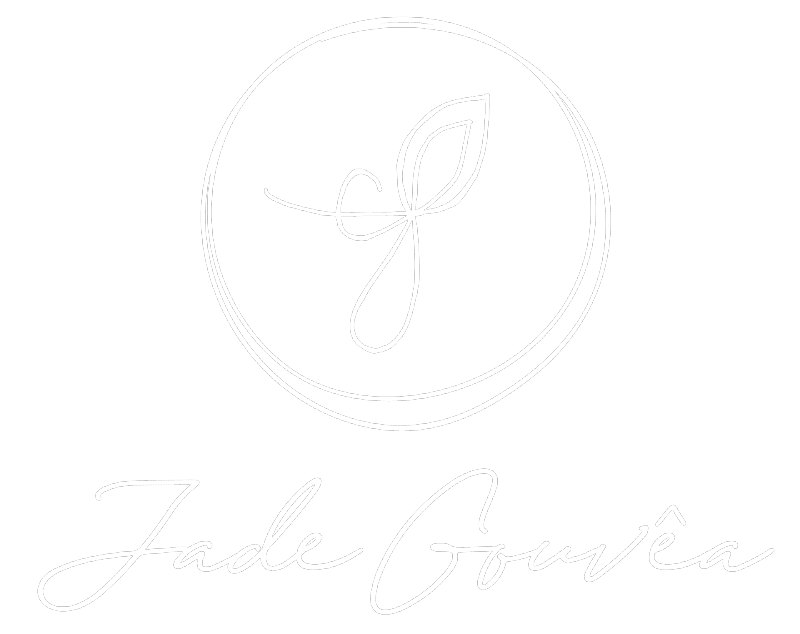Maximizing Engagement: Best Practices for Mobile Push Notification Advertising
Mobile push notifications have develop into a strong tool in the digital marketing arsenal. When used effectively, they can significantly enhance user have interactionment, drive conversions, and improve customer retention. However, push notifications are a double-edged sword: while they’ll bring customers back to your app and encourage particular actions, they may also be perceived as intrusive and lead to app uninstalls if not executed properly. This article explores the most effective practices for maximizing interactment through mobile push notification advertising.
1. Understand Your Viewers
The foundation of effective push notification advertising is a deep understanding of your audience. Segment your users based mostly on their behavior, preferences, and demographics. As an example, a consumer who frequently purchases fashion items will admire notifications about sales or new arrivals in that category. In contrast, an informal user might only need updates on main discounts or promotions. Tailoring notifications to the individual person’s interests and behaviors ensures that the messages are relevant, increasing the likelihood of engagement.
2. Timing is Everything
Sending a push notification on the proper time can make a significant distinction in its effectiveness. Notifications sent at inconvenient instances, akin to late at night or during work hours, can be disruptive and lead to person dissatisfaction. To optimize timing, consider the consumer’s time zone and activity patterns. For instance, an e-commerce app would possibly send notifications a couple of flash sale during lunchtime or in the night when users are more likely to browse. Additionally, leveraging artificial intelligence and machine learning will help predict the optimal time for each consumer, further personalizing the experience.
3. Crafting Compelling Content
The content of your push notification is essential to capturing the consumer’s attention. It must be concise, clear, and compelling. Use motion-oriented language that encourages the consumer to take the desired action, whether it’s making a purchase, checking out a new function, or redeeming an offer. Incorporating urgency or exclusivity, equivalent to “Limited time offer!” or “Only a couple of items left in stock!” can also drive fast action. Nevertheless, be cautious to not overuse these techniques, as they’ll lose their effectiveness if users feel pressured or overwhelmed.
4. Personalization and Dynamic Content
Personalization goes past addressing the person by their name. It entails tailoring the message content material based mostly on user preferences, previous behaviors, and real-time data. As an illustration, a journey app can send personalized notifications about flight deals to locations the user has previously shown interest in. Dynamic content, comparable to live updates or personalized product recommendations, can additional enhance the relevance of the notification, making it more likely to resonate with the user and prompt interactment.
5. Frequency and Relevance Balance
Discovering the correct balance between frequency and relevance is critical in push notification advertising. Sending too many notifications can annoy customers and lead to higher choose-out rates or even uninstalls. However, too few notifications may end up in missed opportunities to have interaction users. A best apply is to allow customers to control the frequency and type of notifications they receive. Offering granular preferences, similar to opting in for each day, weekly, or only critical alerts, helps maintain a positive consumer experience while keeping the communication channels open.
6. Leverage Rich Media
Rich media, together with images, videos, and interactive elements, can significantly enhance the enchantment of your push notifications. A visually engaging notification is more likely to capture the person’s attention and encourage interaction. For instance, a meals delivery app could use images of popular dishes to entice users to position an order, or a news app may embody a video snippet of a breaking story to draw customers back into the app. Nevertheless, it’s essential to make sure that these rich media elements load quickly and do not negatively impact the person experience.
7. A/B Testing and Analytics
To continually improve the effectiveness of your push notification campaigns, leverage A/B testing and analytics. A/B testing allows you to compare totally different versions of notifications to see which ones perform better. You can test numerous elements, such as the message, CTA (call-to-motion), timing, and design. Analyzing the results helps you understand what resonates with your viewers and refine your strategies accordingly. Recurrently reviewing analytics, corresponding to open rates, click-through rates, and conversion rates, provides valuable insights into person behavior and preferences, enabling you to make data-driven decisions.
8. Respect User Privateness and Preferences
Finally, respecting consumer privacy and preferences is paramount. With increasing concerns about data privacy, it’s crucial to be clear about what data you accumulate and the way it’s used. Provide clear opt-in and opt-out options, and avoid utilizing overly intrusive ways which will violate person trust. Making certain that your notifications add value and respect the user’s personal space will assist maintain a positive relationship and foster long-term have interactionment.
Conclusion
When executed accurately, mobile push notification advertising is usually a highly effective tool for maximizing user have interactionment. By understanding your viewers, optimizing timing, crafting compelling content, personalizing messages, balancing frequency, leveraging rich media, and repeatedly testing and analyzing performance, you may create a push notification strategy that not only engages customers but additionally drives meaningful results in your business. Respecting person privacy and preferences is the final piece of the puzzle, making certain that your efforts build trust and loyalty rather than alienating your audience.

